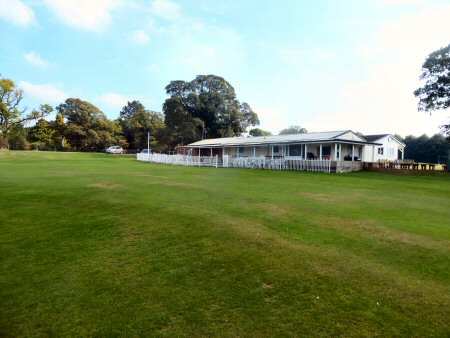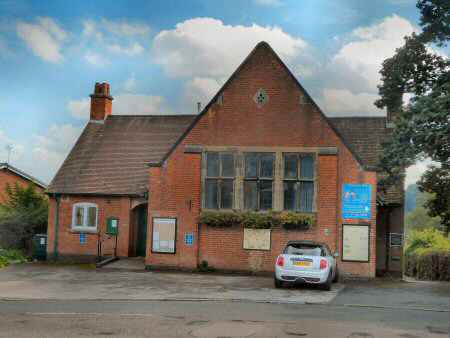QUARNDON
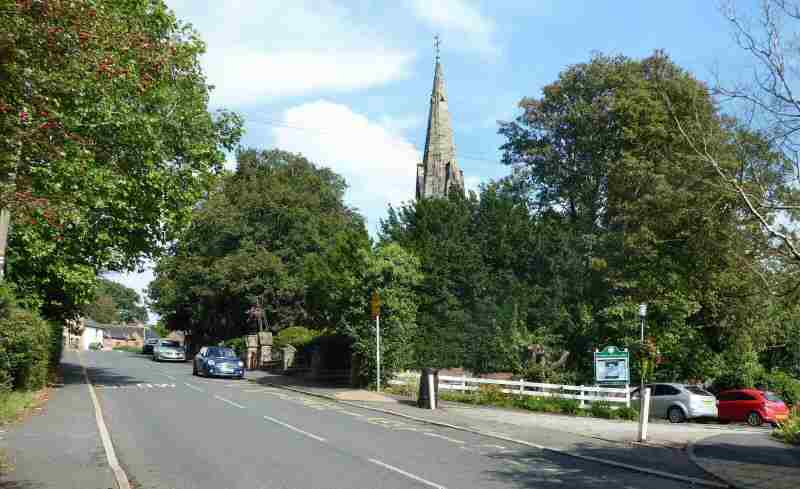
INFORMATION
Where is it? – About 4 miles from the city centre, off the A5 Road.
What to do? – Take a short walk to the top of Bunkers Hill to enjoy stunning views and discover the Millennium Togograph, a directional compass – Visit nearby Allestree Park the wildest and most scenic of Derby’s parks which is a great place for a family walk. In 1920 the park’s golf course closed and plans are under way to rewild it. Making it the first large-scale urban rewilding project in the UK – Pick a day when cricket is being played and enjoy watching a game at Quarndon Cricket Club’s delightful ground.
Where to eat? – The Joiner’s Arms probably got its name from the craftsmen who drank there when building Kedleston Hall in the 1760s. For more information visit: www.theja.co.uk.
Other places to visit – Kedleston Hall is one of the best-surviving examples anywhere of the work of Robert Adam. A National Trust property it is lavishly decorated with fine collections of paintings, furniture and sculptures – For those with time to explore Belper a picture quickly emerges of a small town so rich in industrial heritage that it is not only of national importance but occupies a pre-eminent position on the world stage. Belper is indeed an important part of the Derwent Valley, which is universally recognised as the Cradle of the Industrial Revolution and now holds World Heritage Status. In 2014, Belper won the hugely prestigious ‘Great British High Street’ award. The judges said it was an example of how town centres can be transformed – The small market town of Wirksworth does not perhaps make much impact on the busy traveller driving through. All those visitors, however, with time to explore the narrow streets and maze of interesting alleyways. To admire the old buildings and lovely views, to visit the ancient church and its cathedral-like close, will soon find themselves falling in love with this fascinating town.

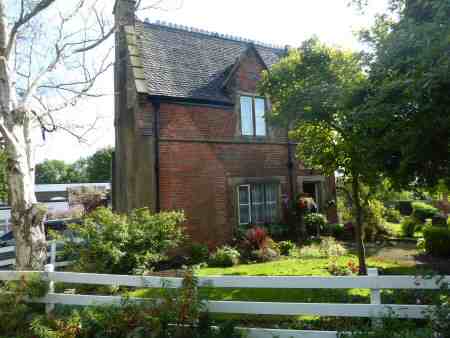
PROFILE
One mile north of the Derby suburb of Allestree, Quarndon sits in a slightly elevated position approached by four minor roads. Despite its proximity to Derby, Quarndon has a rural feel with open green spaces, woodland, mature trees and many excellent views over unspoilt countryside. The vast majority of the buildings in the village are residential from which those people of working age usually commute to work.
In the 18th century, the Curzon family acquired large parts of the present parish to add to the Kedleston Estate. They provided much of the funding for the key community buildings that are to be found at the centre of the village. In Victorian times the village centre moved from the foot of the hill to its present location. During both the 18th and 19th centuries the village was mainly agricultural, with several farms, small cottages, workshops and community facilities.
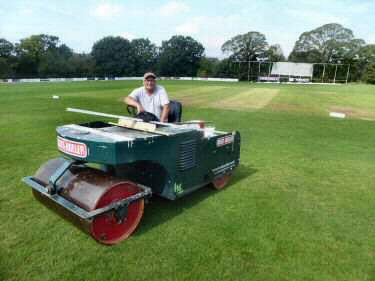
After the Second World War, the housing stock has been considerably expanded. New cul-de-sacs have been created off the principal roads, with some infilling between existing buildings, and rebuilds. In recent years the majority of housing development has been concentrated in the south of the parish on Somme Road and Poppyfields Meadow Estate.
BURLEY LANE
In 1931, Kedleston Estate organised the ‘Great Sale’ of land to pay off death duties. This led to a building boom when a substantial number of large detached houses were built mainly on Burley Lane and Burley Drive.
QUARNDON CRICKET CLUB
Founded in 1884, Quarndon Cricket Club is a pillar of the community not only does it provide opportunities for players of all ages but also is the venue for a wide range of community events. There are four adult men’s teams, junior and women’s teams who compete against other clubs in Derbyshire. Particular emphasis is placed on coaching young school-age children how to play and enjoy the game. The club has two grade A+ pitches and the ground and square are maintained in first-class condition. By Steve Hollis who for several years prepared pitches for Derbyshire County Championship Matches.
The club’s centenary year was even more special as in the previous year, 1983, they had won the National Village Cup at Lord’s, the first Derbyshire village team to do so. They hope one day to repeat the feat and introduce one or more of their junior players to professional cricket. In the past, the club has included in their ranks international players – John Morris, Claude Henderson, Dominic Cork, and Boyd Rankin as well as other well-known professionals.
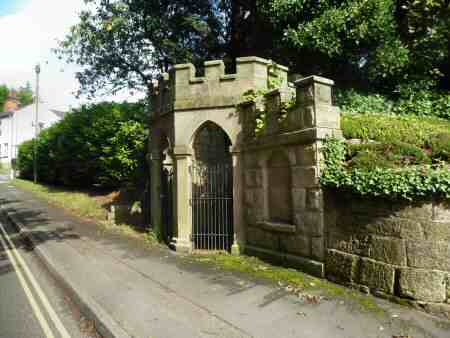
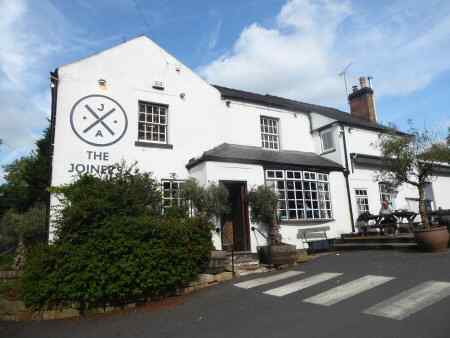
CHALYBEATE WELL
Quarndon was much sought after as far back as the mid-17th century when it was a spa village. The crenellated stone building with pointed arches on Church Road is the Chalybeate Well (from the Latin meaning ‘containing or tasting of iron’). The waters from the spring were claimed to be a remedy against asthma, coughs, consumption and several other ailments. Its popularity reduced when Buxton and Matlock started to promote their warm water spas. It is a Grade II listed structure with a plaque inside the well ‘17th century chalybeate spring well. Once famous spa noted for medicinal waters containing iron. Visited by Daniel Defoe in 1727’. The well ran dry in 1903.
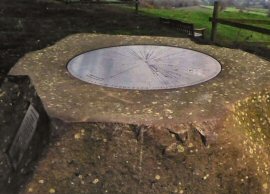
MILLENNIUM TOPOGRAPH
Located on Bunkers Hill at Quarndon, the directional compass, provides details of bearings, distances, elevations and dates of nearly 50 places of particular interest. It was unveiled on 29th September 2001 and stands on an 8-ton block of Derbyshire gritstone. The topograph was funded by the will of the third Viscount Scarsdale who died in 2000 aged 76.
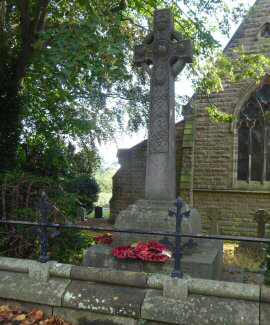
FAMOUS RESIDENTS
A blue plaque has been erected at Quarndon House to commemorate Sir Henry Royce who lived in the village from 1908 to 1911, after Rolls-Royce’s Nightingale Road factory in Derby had just opened. Another famous resident was Brian Clough the distinguished football manager and player. Besides football, Brian Clough also loved cricket and it is probably no coincidence that his house faced Quarndon Cricket Club.
ST PAUL’S CHURCH
The present church, St Paul’s, was built between 1872/74 in a mid-13th-century style by Giles and Brookhouse. The land for the church together with a contribution of £1,000 for building was given by the Reverend Alfred Curzon, 4th Baron Scarsdale. Its skeleton clock was installed in 1897 to mark Queen Victoria’s Diamond Jubilee. In addition to church services, St Paul’s hosts regular community events.
QUARNDON VILLAGE HALL
Quarndon Village Hall was built by the Curzon family with the support of funds raised by the villagers. It was opened on 9 May 1914. In 1965, it was extended and an enlarged stage was added and in 2004 it was extended again. Various classes are regularly held in the hall and the Amateur Dramatic Society have performed plays there since 1941. There is also a pre-school and the Curzon CE (Aided) Primary School stands nearby.
